Ola Electric Targets Course to Profitability Despite FY2025 Revenue Decline
- By MT Bureau
- May 29, 2025
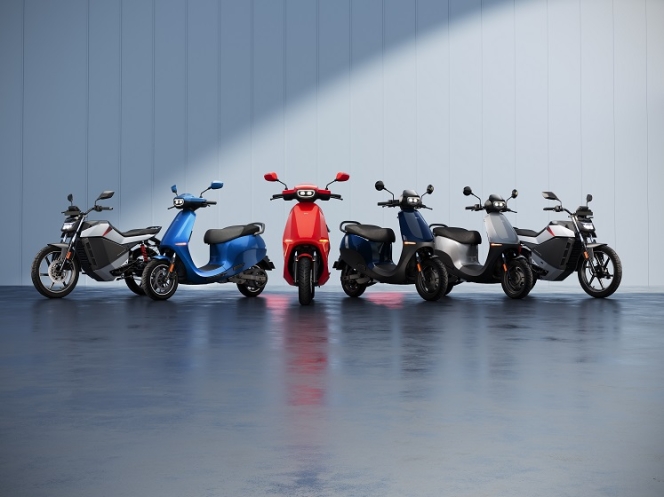
Ola Electric, a leading electric two-wheeler maker in the country, has announced its financial results for FY2025. Although the company continued its leadership position in the market, its revenue fell marginally to INR 46.45 billion in FY2025 from INR 51.26 billion last year.
In spite of the revenue drop, Ola Electric continued its leadership in the electric scooter segment, shipping 359,221 units in FY2025, compared to 329,549 units in FY2024. The growth came mainly from the strong performance of its enhanced Gen 3 S1 scooter range, allowing the firm to attain 30 percent market share, based on VAHAN data.
The company stated it is making a big push towards profitability, led by two main internal initiatives: ‘Project Lakshya’ and ‘Project Vistaar.’
Under Project Lakshya, Ola Electric has a target cost structure of INR 1.10 billion for its auto business. The company has been able to bring down costs impressively to INR 1.21 billion in April 2025 and is likely to reach the INR 1.10 billion target in June 2025.
To supplement this, Project Vistaar, launched in November 2024, was network transformation-centric. The effort has significantly enhanced delivery time (from 12 days to 3-4 days), optimised inventory management and facilitated same-day delivery through its "HyperDelivery’ facility. Consequently, Ola Electric grew its footprint to emerge as India's largest EV distribution network in FY2025 with over 4,000 touchpoints, of which over 50 percent were in Tier 3 and rural markets.
These strategic actions have helped Ola Electric lower its auto segment EBITDA break-point structurally to below 25,000 units per month. This reduced level, combined with expected industry expansion, growing S1 market share, and the recent launch of motorcycles, sets the company up to achieve Auto segment EBITDA profitability during FY2026.
Ola Electric stated that early signs in April and May 2025 indicate encouraging business traction, with higher Gross Margins (excluding the benefits of PLI) and lower operating expenses. The company also noted stronger monetisation through add-ons, with Gen 3 sales more than doubling that of Gen 2. Encouraging demand for the recently launched Roadster Motorcycles is also supporting this encouraging trend. It expects this healthy performance to sustain, resulting in Auto segment EBITDA profitability in FY2026.
The launch of the Gen 3 S1 portfolio in Q4 FY2025 contributed significantly to the company's enhanced Gross Margins. For Q1 FY2026 posted a further 10 percentage point increase in Gross Margins over Q4 FY2025. This result will benefit further from the ramp-up in the Gen 3 platform. Significantly, the gross margins as of date do not account for PLI benefits for Gen 3, which will accrue in Q2 FY26. The company estimates its Gross Margins to be around 35 percent for Q2 FY2026 with PLI.
Ola Electric's S1 lineup continues to be extensive, with almost 1 million units sold in 14 products in Gen 2 and Gen 3. The Gen 3 platform provides 20 percent more peak power, 20 percent more range and an 11 percent price cut compared to its predecessor. The company further pushed mass segment EV penetration via its S1 X, which experienced a 3.5x year-on-year rise in deliveries to 196,123 units in FY25.
It was just recently that the company has begun deliveries for the Roadster X electric motorcycle, which it said addresses a significantly underpenetrated segment. The Roadster X comes with a mid-drive motor, chain drive, and onboard MCU for improved performance and safety. A first in the industry in the Roadster X series is the implementation of flat cables in the motorcycles.
The company is also scaling up output at its Ola Gigafactory, with the yields of its indigenously created ‘Bharat Cell’ continuing to improve. The cell is under rigorous testing of performance, lifecycle, safety and phased commercialisation can be anticipated in the months ahead. The phased rollout strategy is designed to balance supply chain synergies, maintain quality consistency and collect real-world performance data prior to mass commercialisation.
Ola Electric indicates that FY2026 will be a year of scaling revenue and riding operating efficiencies to drive sustainable profitability. With a strong product roadmap, vertical integration, strong R&D emphasis and building out distribution and service infrastructure.
Trinseo Launches Fourth-Generation Binder For The Next Wave Of EV Batteries
- By MT Bureau
- December 03, 2025
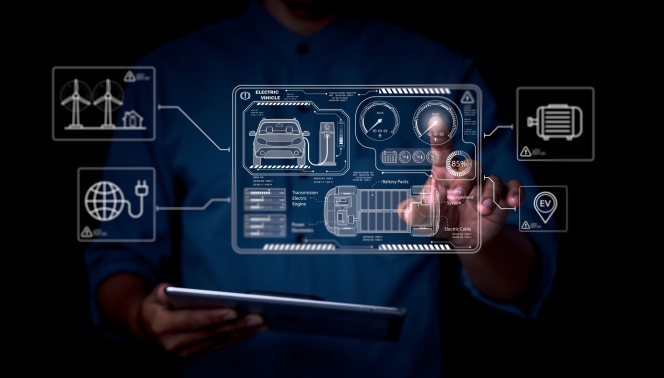
Trinseo has introduced its latest innovation, the Fourth-Generation SBR Binder Platform, designed to meet the evolving demands of electric vehicles and battery energy storage systems. This development reflects the company's strategic focus on delivering high-performance materials essential for the global shift towards sustainable energy.
The platform results from advanced polymer science and collaboration with battery manufacturers, targeting key industry requirements such as increased energy density, superior durability and more efficient production. It provides a significant improvement in peel strength, enabling stronger electrode bonds, thicker coatings and higher manufacturing speeds. These attributes are vital for developing higher-capacity batteries that can extend driving range and improve storage solutions.
The inaugural product, VOLTABOND 109 Latex Binder, offers this next-generation performance with broad compatibility across various anode materials and manufacturing processes. Its design ensures excellent stability and low resistance, supporting faster charging and long-term reliability. To ensure robust supply, Trinseo will produce the platform locally within major global regions, enhancing responsiveness to battery production hubs.
Rooted in decades of expertise, this new platform establishes a foundation for future innovations tailored to diverse customer needs across the battery value chain.
CATL And Stellantis Begin Work On EUR 4.1 Billion Spanish Battery Plant
- By MT Bureau
- November 28, 2025
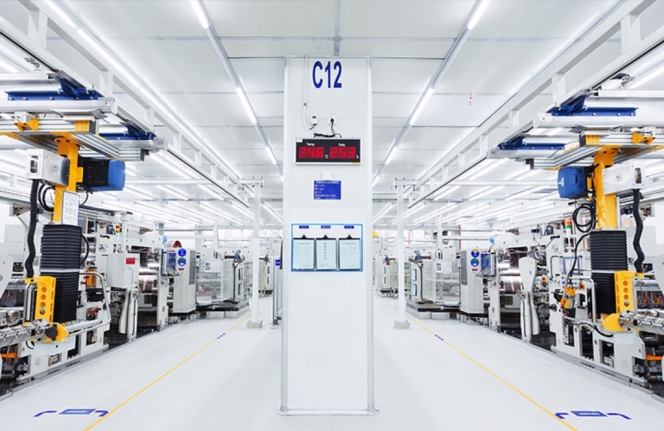
CATL and Stellantis broke ground on a EUR 4.1 billion battery plant in Figueruelas, Spain, on 26 November. The 50:50 joint venture will produce lithium-iron-phosphate battery cells and targets an annual production capacity of 50 GW/h.
The project, which is Spain’s largest battery factory, is backed by over EUR 300 million in EU funds, with production expected to start in late 2026.
According to unions, around 2,000 Chinese workers will help construct the site, a point of contention with local authorities and residents. Also, 3,000 Spanish staff are to be hired and trained later.
Spanish authorities and residents have voiced concerns about job opportunities for local workers and potential strain from the influx of foreign employees. CATL Vice President Meng Xiangfeng said earlier in November the company needed experienced technicians to build and fine-tune production lines, with plans to train local workers to take over operations gradually.
David Romeral, Director General of CAAR Aragon, a network of automotive businesses in the region, said: “We don’t know this technology, these components – we’ve never made them before. They’re years ahead of us. All we can do is watch and learn.”
The regional government is organising work permits for arriving workers while seeking to attract battery supply chain companies to Aragon. Some Chinese technicians and managers have already arrived, with several hundred more expected by year-end and nearly 2,000 by the end of next year.
CATL’s approach contrasts with its Hungarian site in Debrecen, where it hired mostly locals to build its European plant. However, a lack of local workers caused production to be delayed from late 2025 into mid-2026. The Figueruelas facility will serve as CATL’s third European manufacturing operation, alongside the Hungarian plant and one in Germany.
- Neuron Energy
- Equanimity Ventures
- Rajiv Dadlani Group
- Thackersay Family Office
- Chona Family Office
- Pratik Kamdar
- Rajesh Sehgal
- Rajiv Dadlani
Neuron Energy Secures INR 310 Million To Expand EV Battery Manufacturing For Four-Wheelers & Buses
- By MT Bureau
- November 27, 2025
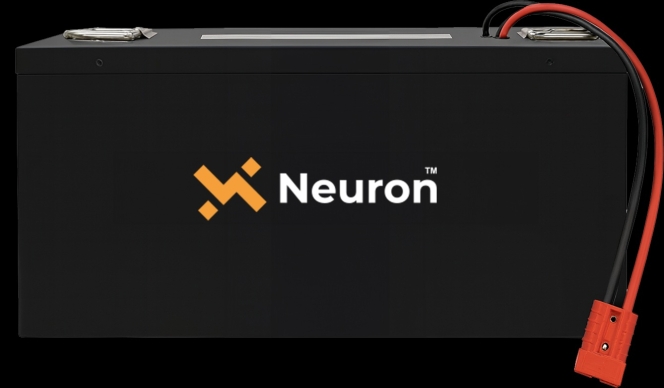
Neuron Energy, an EV battery manufacturer, has raised INR 310 million in a Pre-Series B funding round led by Equanimity Ventures, Rajiv Dadlani Group, Thackersay Family Office and Chona Family Office, with participation from Family Offices and HNI investors. With this, Neuron Energy has raised INR 810 million to date.
The funding will be used to expand Neuron Energy’s manufacturing capacity to 3 GWh and to establish a fully automated, large-scale battery facility for electric four-wheelers and buses at Chakan, Pune. The capital will also strengthen the company’s R&D capabilities, accelerate domestic growth, and broaden its footprint in international markets.
Pratik Kamdar, CEO and Co-Founder, Neuron Energy, said, “This Pre-Series B round is a defining step in our mission to industrialise world-class battery manufacturing in India. As EV adoption accelerates, we are focused on building capacity, embedding automation, and pushing the boundaries of performance and reliability. This investment ensures we can deliver at scale, both in India and globally.”
The company said it operates with a low-CapEx and low-OpEx business model. It has been growing profitably year-on-year and is on track to achieve INR 2 billion in revenue this year. The company is also confident of achieving sales of over INR 9 billion, with profitability, over the next few years.
Rajesh Sehgal of Equanimity Ventures, added, "We see immense potential in Neuron Energy’s approach to EV battery innovation and scalability. Their focus on quality, automation, and energy efficiency aligns with the evolving demands of the EV industry in India and beyond. We are proud to support their next phase of growth as they scale into new vehicle categories and manufacturing capacities."
The new facility reinforces the company’s position in two-wheeler EV batteries and signals a strategic entry into heavier vehicle segments. This supports Neuron’s vision to become a comprehensive EV battery solutions provider.
Rajiv Dadlani, from the Family Office of the Rajiv Dadlani Group, said, "Neuron Energy demonstrates remarkable potential to become the market leader, with their renewed focus, in delivering top-quality products. The company and its founders are highly committed to delivering rigorously tested and safe-to-use Li-Ion smart batteries. We are confident that they will continue to thrive and set new standards in the industry."
Mahindra Intros XEV 9S Electric 7-Seater SUV At INR 1.99 Million, Deliveries From 23 January
- By MT Bureau
- November 27, 2025
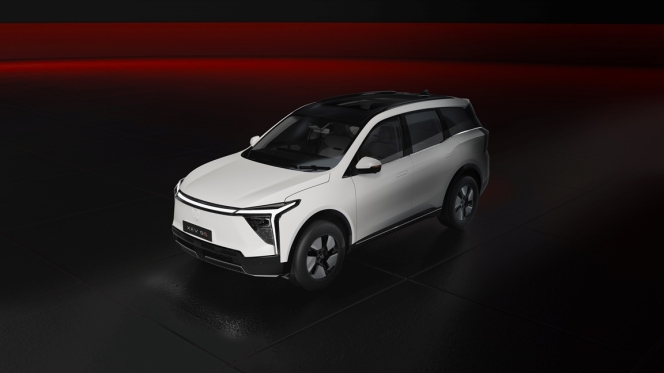
Mahindra has launched the XEV 9S, an electric 7-seater SUV built on the INGLO platform, with prices starting at INR 1.99 million (ex-showroom). The XEV 9S is powered by MAIA, described as India’s fastest automotive mind.
The EV comes with a 70 kWh battery, delivering a power of 180 kW and 380 Nm of torque. It offers a claimed real-world range of 500 km from its LFP battery, which comes with a Lifetime Warranty. The SUV is stated to be the fastest 7-seater in its class, reaching zero to 100 kmph in 7.0 seconds, with a 202 kmph top speed.
The fully-loaded Pack Three Above 79 kWh variant is priced at INR 2.94 million ex-showroom with bookings open on 14 January 2026 and deliveries starting on 23 January 2026.
R Velusamy, President - Automotive Business, Mahindra & Mahindra and Managing Director, Mahindra Electric Automobile, said, “We have always believed that technology is meaningful only when it expands human possibility. The XEV 9S built on the INGLO electric origin platform does exactly that by creatin space – more than anyone else and gives a smooth and noise free ride. THE MAIA brain enables many of its high-tech features, making it the most advanced offering for its price.”
Nalinikanth Gollagunta, Chief Executive Officer - Automotive Division, Mahindra & Mahindra and Executive Director, Mahindra Electric Automobile, said, “The future of Indian mobility will belong to brands that don’t just electrify vehicles, but reimagine categories. With the XEV 9S, we’re not just playing in the EV segment, we’re expanding it. This SUV signals the start of a BIG new electric era for Mahindra - one built on scale, on purpose, and on a deep understanding of how India moves. The attractive prices starting at ₹ 19.95 Lakh make a very high-tech product accessible, with bookings opening on Jan 14 and deliveries start on Jan 23.”
The XEV 9S is an expression of Mahindra’s Heartcore Design philosophy, featuring a stance, lines, a gloss finish and interiors. The vehicle is designed to be silent on wheels.
Key highlights include:
- Space: Offers 4,076-litre of cabin space (for front and second row), boot space up to 527-litre and 150-litre of Frunk space. The third-row features 50:50 split seats.
- Suspension: Features Intelligent Adaptive dampers with i-Link at the front and 5-Link independent suspension at the rear.
- Driver Aids: Includes L2+ ADAS with five Radars and one Vision Camera, Driver Drowsiness Detection with DOMS (Eyedentity) and Secure360 Pro for live view and recording.
- Interior Comfort: Features Powered Boss Mode, ventilated second row seats, recline and sliding adjustment, sunshade for second row windows, Acoustic ‘Laminated’ Glass and wireless phone charging.
- Technology: Equipped with Brake by Wire with IEB, High Power Steering with VGR, VisionX – AR HUD, AutoPark Assist, and 140 features including Digital Key, NFC and Charge Scheduler.
- Entertainment: Includes a 16-Speaker Harman Kardon Audio system with Dolby Atmos, three 31.24 cm screens, 5G Connectivity and Fun & Work Apps.
- Efficiency: Running costs are INR 1.2 per km, with maintenance costs of INR 40 paise per kilometre and negligible road tax. Business owners benefit from 40 percent depreciation.
Pratap Bose, Chief Design & Creative Officer - Auto & Farm Sectors, Mahindra & Mahindra, said, “Designing the XEV 9S wasn’t about adding lines to a surface, it was about shaping a feeling. We wanted it to feel like stepping into a personal sanctuary, yet one that carries the pulse of modern India. Electric gave us the canvas; INGLO gave us the freedom to sculpt light, space and comfort. The result is an SUV that wears its size with grace and its technology with humility. It’s expressive, it’s calm, and it’s unmistakably Mahindra - built for a nation whose aspirations are only getting bigger.”






Comments (0)
ADD COMMENT